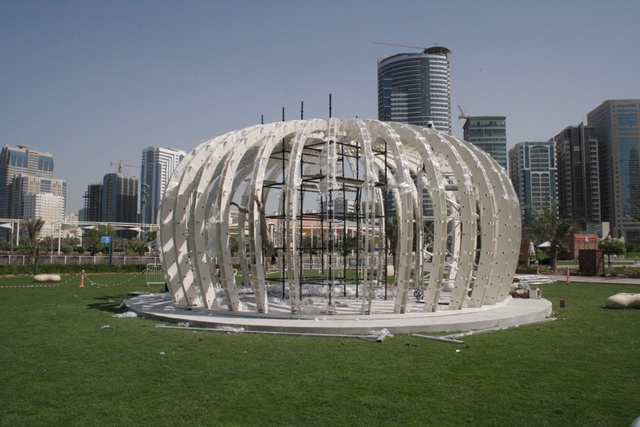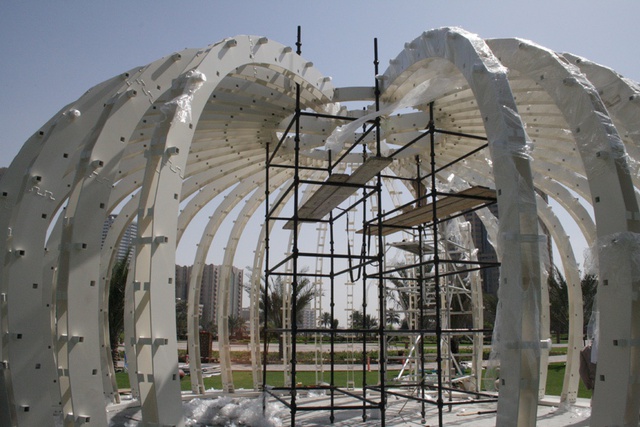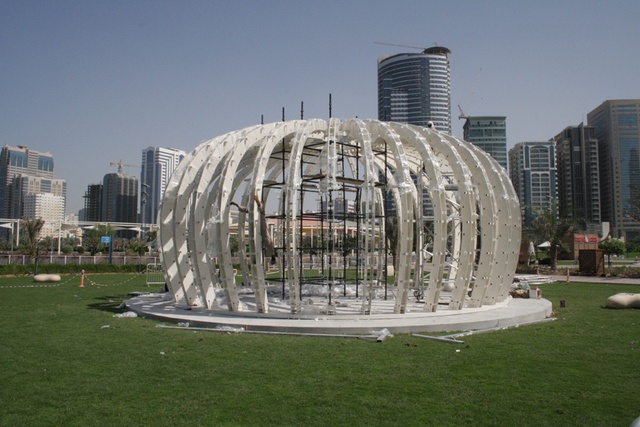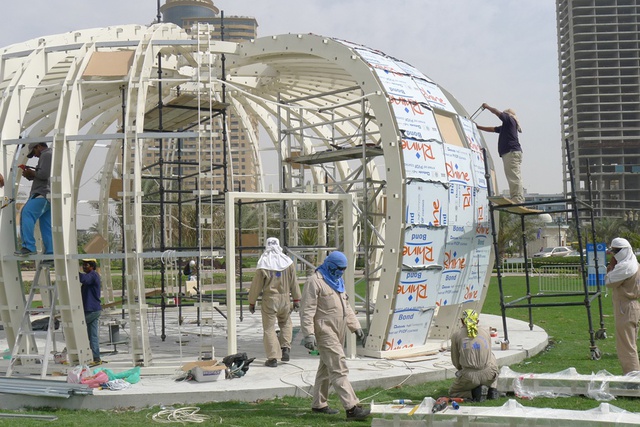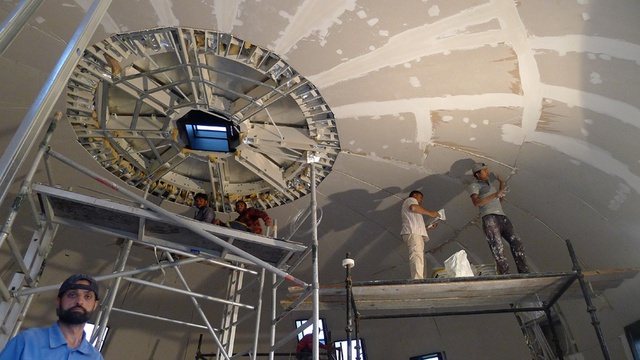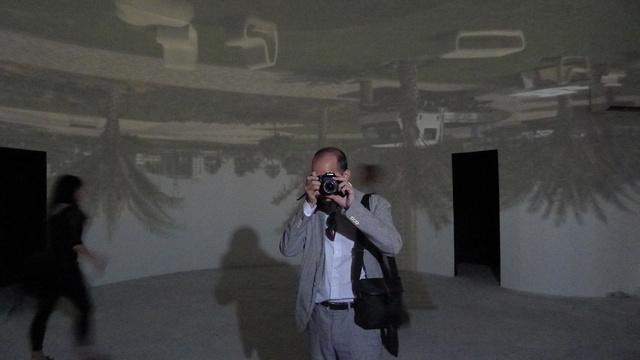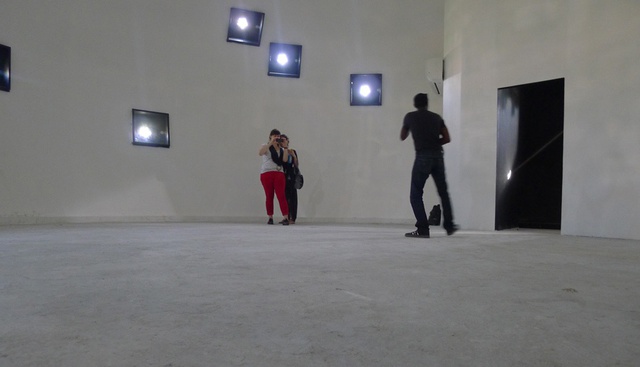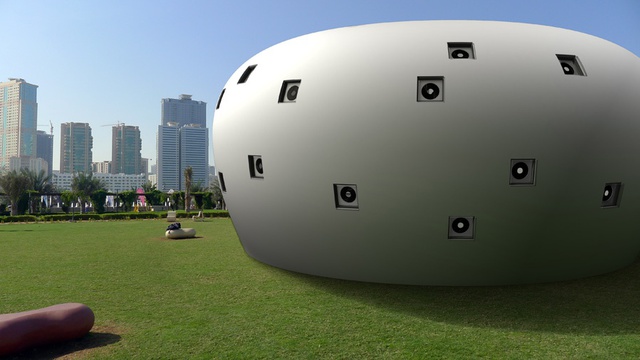Projects
The Hierarchy of Being
Wafaa Bilal at Maraya Art Park, Sharjah
The Hierarchy of Being (2013) brings together a series of seemingly disparate elements that explore visual culture through the lens of pioneering Islamic sciences with the view of exploring how these sciences have shaped contemporary thinking. Fuelled by the artist's long-standing interest in the work of two influential Iraqi scientists, Ibn al-Haytham and Ibn al-Jazari, both of who were active during the pinnacle of the historical Islamic period more commonly known as the 'Golden Age' (circa 750–1258CE). Bilal takes inspiration from the achievements of these two pioneers and their outstanding contribution to scientific knowledge and cultural advancement in relation to the dual concepts of the study of optics and kinetic motion. Bilal re-appropriates this duality into his own artistic practice, which exists at the cusp of photography, (re)imaging and contemporary sciences.
Bilal's existing practice is characterized by a post-migratory experience as a result of having experienced both war and forced portability from his native Iraq. Through The Hierarchy of Being Bilal aims to articulate an array of new technologies, photography and interactive elements to provide an alternative cross-disciplinary, visual and cultural vocabulary. Subsequently, as a starting point, The Hierarchy of Being will explore both scientific and philosophical Islamic knowledge on the strata of being and seeing within the natural world and will put forward a reworked artistic rendition that fuses art and science to create a fresh perspective on Islamic history.
The objective of The Hierarchy of Being is to re-create the camera obscura effect within a large-scale sculpture. There are 15 windows inside the sculpture, each of which function via motorized irises. These irises have been programmed to open for ten minutes to allow the sunlight into the space, after which they will shut for 15 minutes to allow the viewer's eyes to adjust to the darkness and then images will be projected from outside the space. These images will not appear how we would ordinarily receive them, but rather, they will appear upside down. This process occurs through the pinhole features within the sculpture. Following this, the irises will slowly begin to reopen over a ten-minute period completing their 35-minute loop cycle.
– Sara Raza

